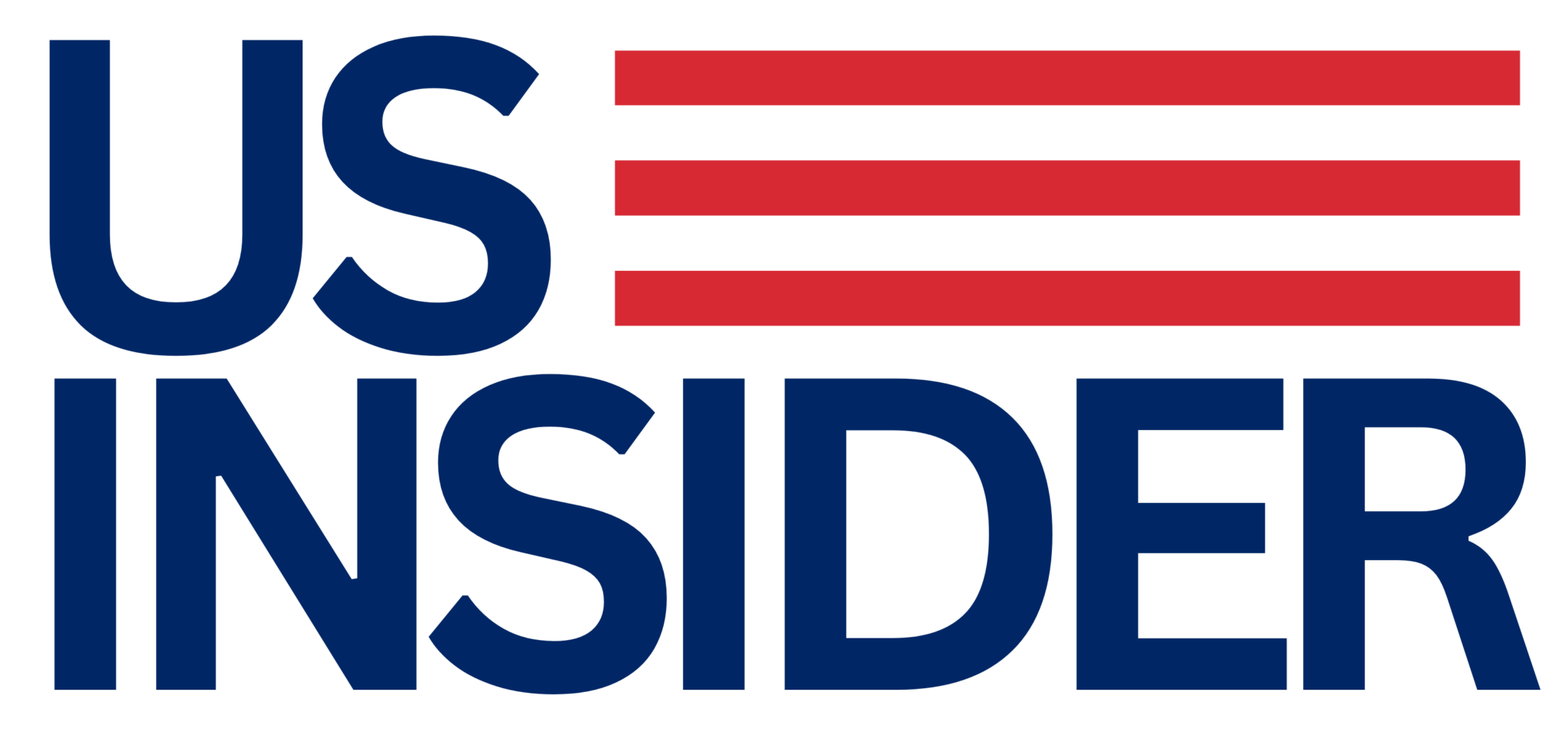In the competitive world of e-commerce, effective inventory management can be the difference between success and failure for online sellers. Amazon, being a dominant force in this space, offers sellers two primary options for handling their inventory: Fulfilled by Amazon (FBA) and Fulfilled by Merchant (FBM). Each method has its advantages and considerations, and choosing between them is a crucial decision that can significantly impact a seller’s operations and profitability.
FBM, or Fulfilled by Merchant, gives sellers complete control over their inventory. Sellers are responsible for storing their products, managing stock levels, and fulfilling orders. This means handling tasks like picking, packing, and shipping, as well as managing customer inquiries and returns. While FBM offers sellers a high degree of autonomy and control over their operations, it also requires them to have their own warehouse facilities and fulfillment network, which can be a significant investment.
On the other hand, FBA, or Fulfilled by Amazon, involves sending products to Amazon’s fulfillment centers. Once received, Amazon takes over the storage, picking, packing, and shipping of orders, as well as managing customer service inquiries and returns. By using FBA, sellers can leverage Amazon’s extensive fulfillment network and infrastructure, as well as its renowned customer service. Additionally, FBA allows sellers to offer Prime shipping to their customers, which can lead to increased sales and improved customer satisfaction.
The choice between FBA and FBM depends on a variety of factors, including the nature of the products being sold, the seller’s resources and capabilities, and their overall business goals. FBA is often favored by sellers who want to scale their operations quickly and take advantage of Amazon’s infrastructure and customer base. FBM, on the other hand, may be more suitable for sellers who have existing fulfillment capabilities and want to maintain greater control over their operations.
One of the key considerations when choosing between FBA and FBM is cost. FBA involves fees for storage, fulfillment, and other services, which can vary depending on factors such as the size and weight of the products being sold. FBM, on the other hand, requires sellers to bear the costs of warehousing, shipping, and customer service themselves. Sellers must carefully consider these costs and weigh them against the benefits of each method.
Another important factor to consider is the impact on customer experience. FBA offers the advantage of Prime shipping, which can lead to faster delivery times and improved customer satisfaction. Additionally, customers may have more confidence in purchasing products that are fulfilled by Amazon, as they know they can rely on Amazon’s customer service if any issues arise. FBM sellers, on the other hand, must ensure that they can provide a high level of customer service themselves, as this can be a key factor in customer satisfaction and repeat business.
Ultimately, the choice between FBA and FBM is a strategic decision that should be based on a thorough analysis of the costs, benefits, and implications of each method. Sellers should consider their resources and capabilities, as well as their long-term business goals, when making this decision. By choosing the method that best aligns with their business needs, sellers can effectively manage their Amazon inventory and position themselves for success in the competitive e-commerce landscape.
In conclusion, managing Amazon’s inventory requires careful consideration and planning. By understanding the differences between FBA and FBM and choosing the method that best suits their needs, sellers can streamline their operations, improve customer satisfaction, and ultimately drive sales and profitability on the Amazon platform.
Ready to Streamline Your Amazon Inventory Management?
Explore the differences between Fulfilled by Amazon (FBA) and Fulfilled by Merchant (FBM) to make an informed decision. This article provides insights into managing your Amazon inventory effectively. Optimize your operations—read more in “Managing Amazon Inventory: Choosing Between FBA and FBM.”
Published by: Nelly Chavez






